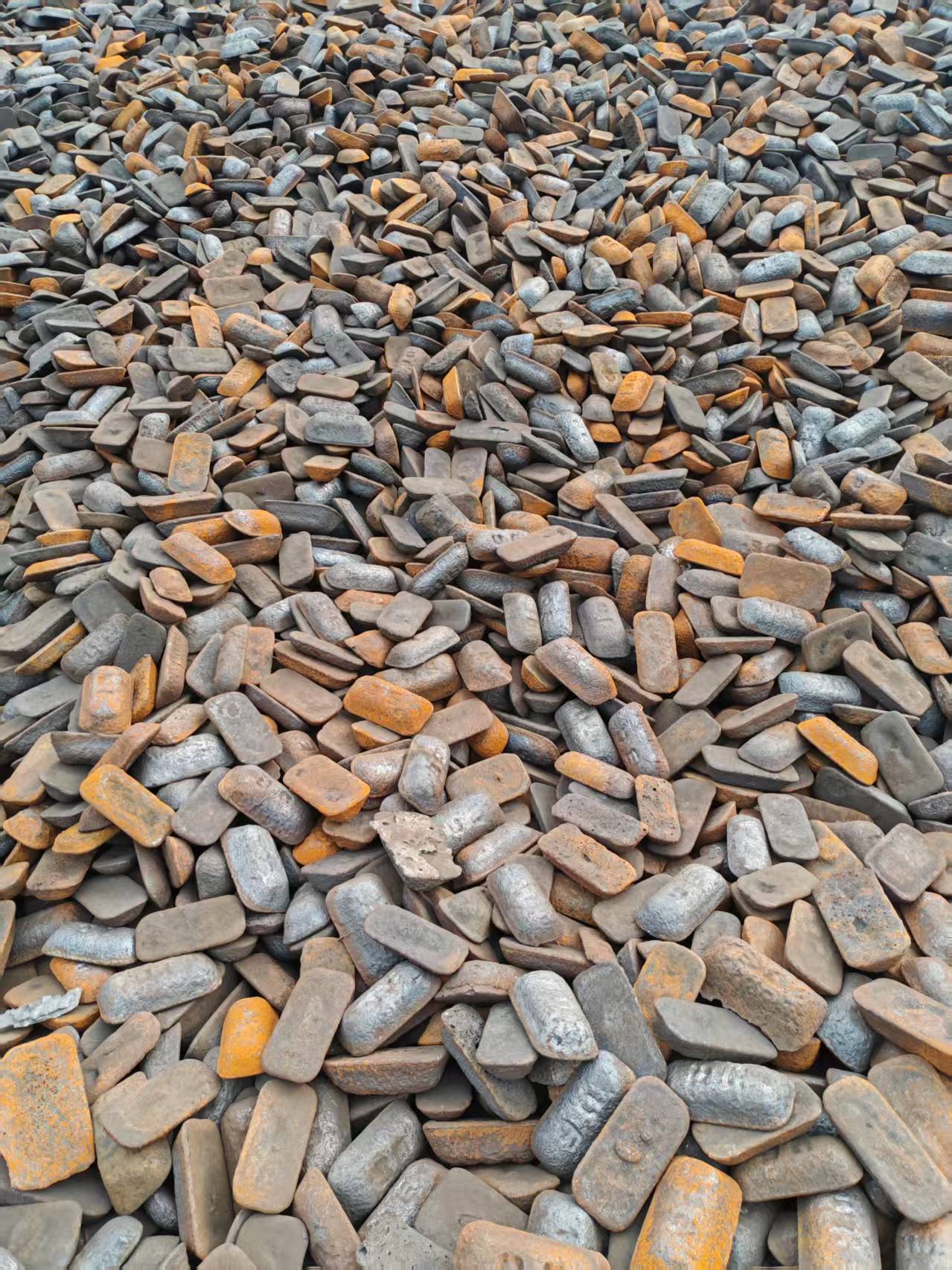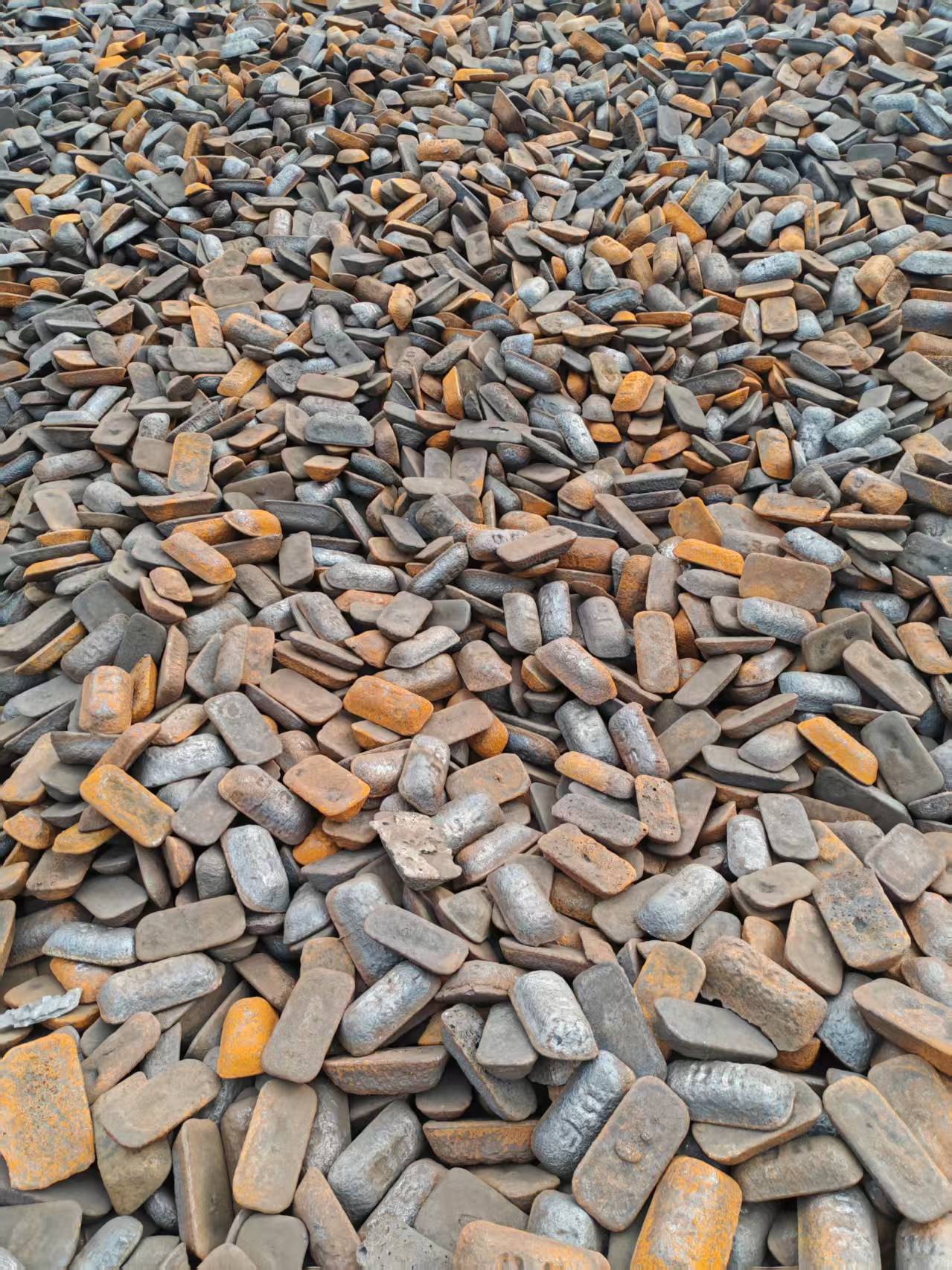Can Pig Iron Be Used After Rain? Here's the Answer!
2025-07-01 17:20:57 hits:0
A sudden heavy rain often leaves pig iron stacked outdoors thoroughly soaked. This is a common scenario in many factories, warehouses, and even households. Looking at the wet pig iron, people can't help but wonder: can pig iron still be used after getting rained on? To answer this question, we need to start with the characteristics of pig iron and the principle of rusting.
I. Characteristics of Pig Iron and the Principle of Rusting
Pig iron is an iron-carbon alloy with a carbon content of more than 2.11%. Besides carbon, it also contains elements such as silicon, manganese, sulfur, and phosphorus. With high hardness and brittleness, it is widely used in industrial production and daily life, such as in the manufacturing of machine tool bases and cast-iron pots. The China Iron and Steel Association [1] (https://www.chinaisa.org.cn/) points out that pig iron, as an important raw material for steel production, directly affects the quality of downstream products.
The reason why people are concerned about pig iron getting wet in the rain is that iron is highly prone to oxidation reactions in a humid environment, commonly known as rusting. Rainwater provides an electrolytic environment for the chemical reaction between iron and oxygen in the air, accelerating the formation of rust (mainly composed of ferric oxide). According to the metal corrosion standards issued by the American Society for Testing and Materials (ASTM) [2] (https://www.astm.org/), when the humidity exceeds 60%, the oxidation rate of iron increases significantly.

II. Treatment and Usability for Different Degrees of Rusting
Whether pig iron can be used after being exposed to rain depends crucially on the degree of rusting. Different degrees of rusting correspond to different treatment methods and usability.
(I) Slight Rusting: Can Be Used After Simple Treatment
When there is only a small amount of surface rust on pig iron, that is, a thin layer of yellow or brown rust adheres to the surface. You can feel a slight roughness when touching it, but the rust layer can be easily wiped off. In this case, the use of pig iron is basically not affected. Surface rust only causes a slight oxidation on the surface of pig iron, and the internal structure is not significantly damaged.
Treatment Methods:
After such treatment, pig iron can be used for mechanical processing or as auxiliary components of building materials without much impact on its performance.
(II) Severe Rusting: Can Still Be Utilized in Specific Scenarios
If pig iron is exposed to rain for a long time, the surface rust layer thickens significantly, raised rust spots appear, the rust can be easily scraped off with tools, and even the rust layer starts to peel off in some areas. This indicates a more serious degree of rusting. At this time, the mechanical properties of pig iron have been affected to a certain extent, and its strength and toughness have decreased.
However, with appropriate treatment, pig iron can still be used in some scenarios with lower performance requirements.
Treatment Methods:
Nevertheless, pig iron that has experienced severe rusting and treatment is not recommended for key parts with high strength requirements, such as large building structures and load-bearing mechanical components.

(III) Extremely Severe Rusting: It Is Recommended to Recycle
When the rusting of pig iron after rain is extremely severe, with large areas of rust layer peeling off, and even holes and fractures appearing in some areas, it indicates that the internal structure of the pig iron has been severely damaged, and its mechanical properties have almost been completely lost.
In this case, pig iron basically loses its value for continued use. Even if treated, it is difficult to restore it to a reliable performance state. Forcing its use may pose safety hazards. At this time, a more reasonable approach is to recycle it as scrap iron and extract reusable iron raw materials through remelting. According to research by the World Steel Association [5] (https://worldsteel.org/), the recycling and reuse of scrap iron can significantly reduce the energy consumption and carbon emissions of steel production.

III. Anti-Rust Storage Recommendations for Pig Iron
In actual life and production, prevention is always better than cure. To avoid the rusting of pig iron due to rain exposure, a series of protective measures can be taken:
Pig iron is not necessarily unusable after being exposed to rain; instead, it needs to be analyzed and handled according to the degree of rusting. Slightly rusted pig iron can be used normally after simple treatment, severely rusted pig iron can be reasonably utilized under specific conditions, while severely damaged pig iron should be considered for recycling. Understanding this knowledge helps us make correct decisions when facing the situation of pig iron exposed to rain, reducing resource waste and economic losses.
Tiegu supplies high-quality pig iron and strictly controls raw materials and production. With professional moisture-proof packaging and stable transportation, we safeguard the quality throughout the process, enabling you to easily obtain the ideal pig iron!

 en
en  fra
fra  de
de  ru
ru  ara
ara  gle
gle  it
it  jp
jp  kor
kor  th
th  zh
zh 



